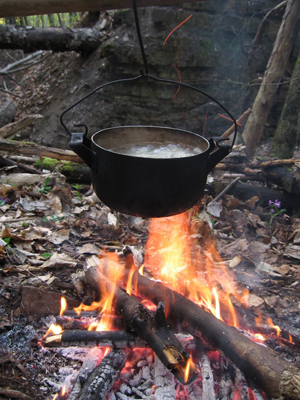Rendezvous Point Hinesburg – North East Group (Blue)
We put out the call for local information on resupply stations and rendezvous points, and the Zombie Survival Crew continues to respond. Information is coming in and we’re sifting through and compiling everything for communication to the loyalists. We started with information on South Central Resupply site Midland, TX thanks to Purple Brigade member, Kris O’Dell, continued with Wilmington, DE compliments of ZSC Yellow Brigade member Brian McCabe, and Blue Brigade member Jenni Womick brought us Trinity, and we now move forward with Sergeant at Arms, Sarah Quattrocci. Deep in the mountains of Vermont, she has located the perfect meeting place for the Blue Zone.
_______________________________________
Assuming that higher-population areas are high-risk, finding a location off the grid but not completely inaccessible is key. Just outside of Burlington, VT and easily accessible from both Northern and Southern areas West of the mountains via Route 116, this location is a safe distance from the more heavily populated areas. Located on Route 116 just north of Hinesburg village on the east side of the road.
Access from New York state can be made by crossing the Crown Point Bridge and following Route 17 to connect with Route 116 at the Junction in New Haven, VT.
This building is not only spacious and designed for the long haul, but also combines security with at least some of the comforts of home. The building is powered primarily by a photovoltaic system (solar power), a 10-kilowatt wind turbine and uses another renewable resource such as wood pellets made from lumber milling waste for heating.
The core of the building features a large, open-concept common area constructed of concrete, wood, natural stone and other natural materials. It includes a 3-story stone fireplace to help keep the entire area heated during the colder months. There are dozens of skylights and operable windows to take advantage of natural light, provide natural ventilation and fresh air and allow full views of the outside.
Situated within walking distance is a grocery store, hardware store, gas station, doctor’s office, police station and – perhaps most importantly – a large secure warehouse that is ideal for storage of supplies.
To read more on all resupply stations, please go to our (for members only) Key Links under the Escape Routes/Resupply Stations section!

